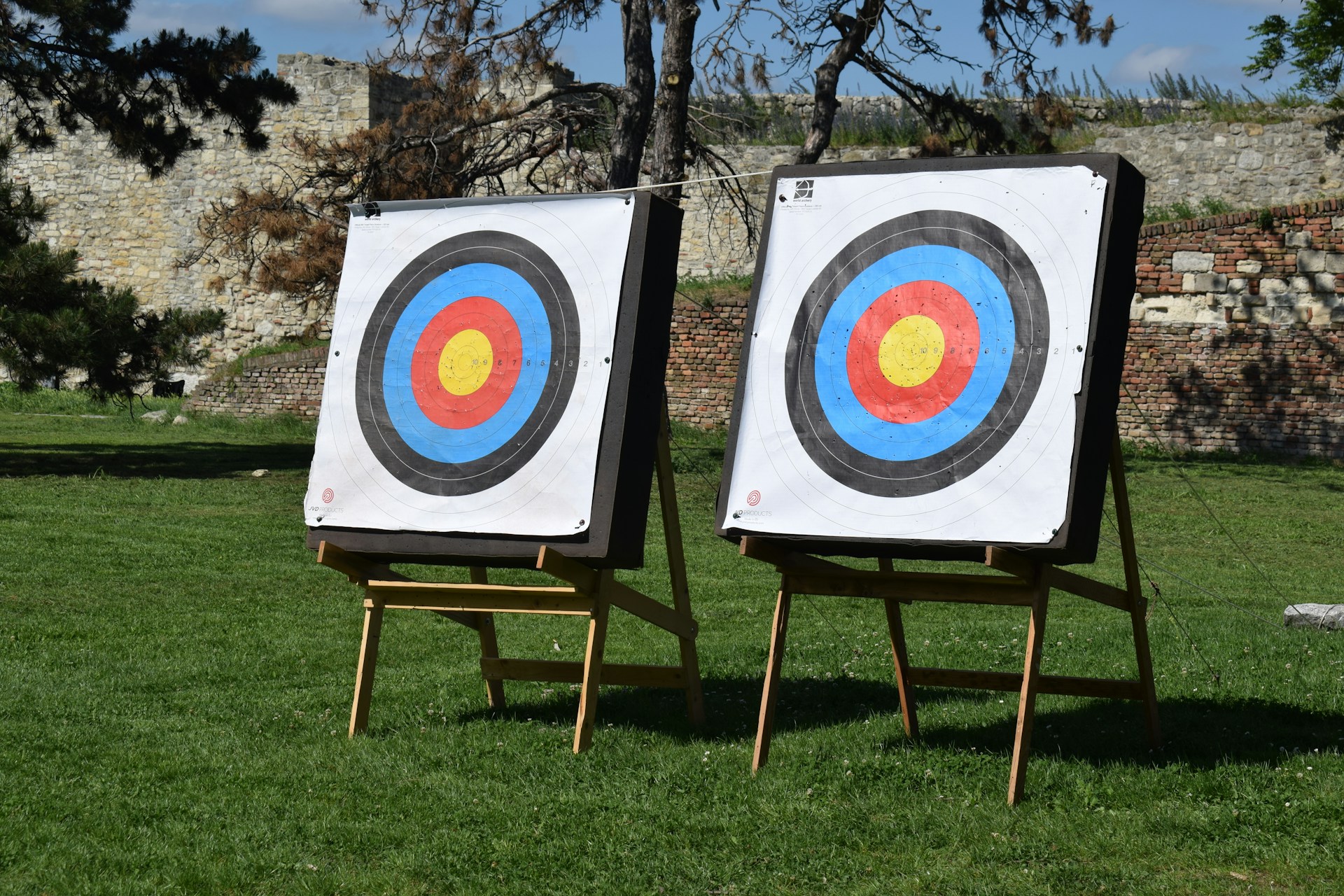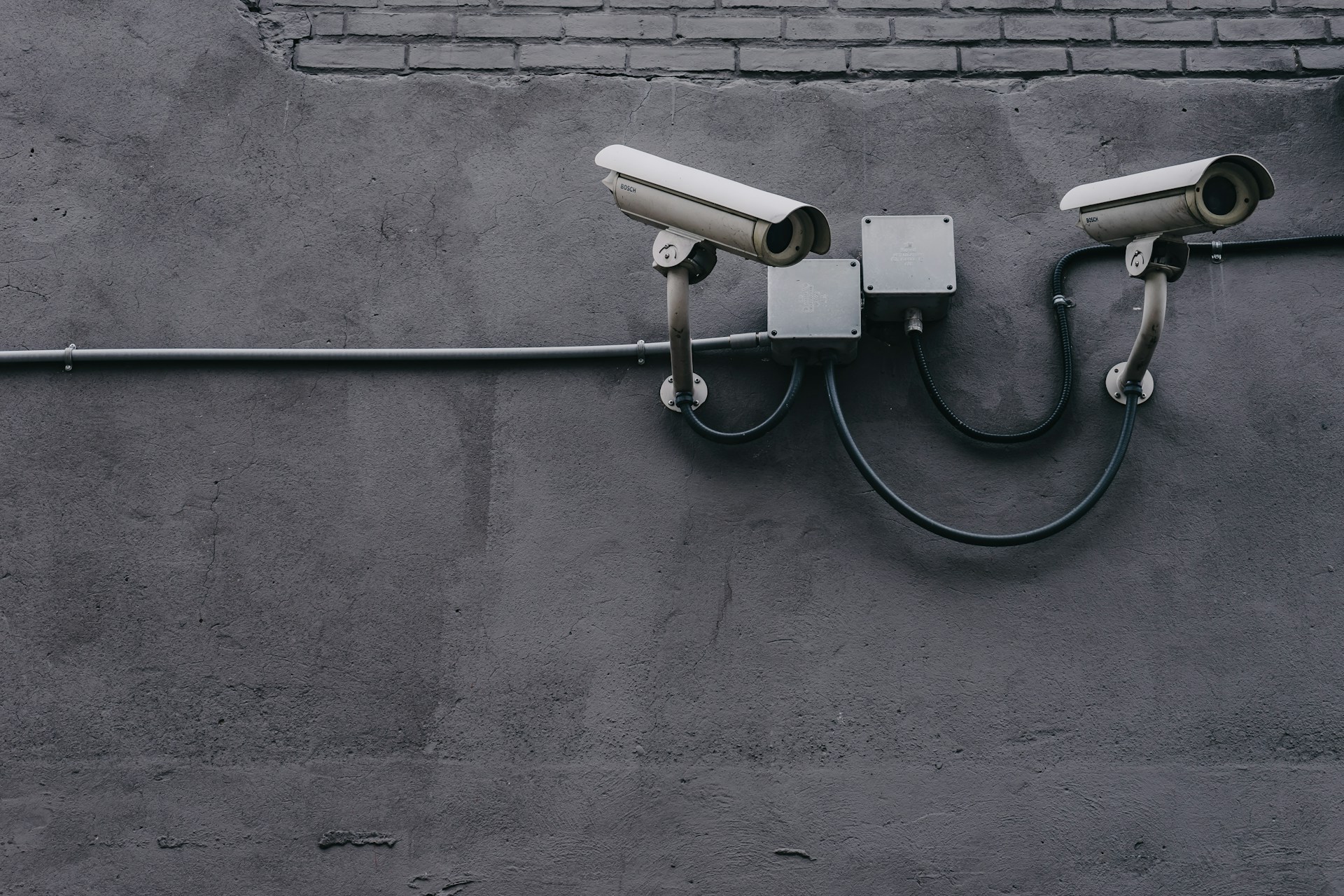A crossbow can be a powerful and precise hunting tool, but it requires careful handling to ensure both your safety and that of others. Whether you’re a seasoned bowhunter or just beginning your archery journey, understanding and implementing crossbow safety measures and archery precautions is crucial.
This guide will cover the critical safety tips you need to follow when using a crossbow, including proper handling techniques, the best hunting arrows to use, and how to prioritize hunting safety during every outing. By the end, you’ll know to approach your next hunt with confidence and care.
Understanding the Essentials of Crossbow Safety
Safety should always come first when using a crossbow. While crossbows are exciting and effective for hunting, mishandling can lead to accidents. Here are the foundational principles of crossbow safety:
Inspect Your Crossbow Before Use
Before every hunt, thoroughly inspect your crossbow. Look for visible damage to the limbs, cables, or strings. A damaged component can cause malfunctions and lead to potential injury. If you notice wear or fraying, repair or replace the affected part before using the crossbow.
Likewise, ensure that the trigger mechanism is functioning properly and that the safety lock engages and disengages smoothly. A simple pre-hunt inspection can prevent equipment failure and make your experience safer.
Always Follow Manufacturer Guidelines
Crossbows come with manufacturer-provided manuals, and these contain critical guidelines for using your specific model safely. These recommendations cover everything from loading the best hunting arrows to maintaining the crossbow for optimal performance. Keep your manual on hand and refer to it regularly to align with best practices.
Proper Handling Techniques for Maximum Safety
Improper handling is one of the most common causes of crossbow-related accidents. Follow these handling techniques to ensure your hunting outings remain incident-free:
Engage the Safety Lock
The safety lock is your first line of defense against unintentional misfires. Always engage the safety immediately after cocking your crossbow and loading an arrow. Only disengage the safety lock when you’re ready to fire.
Keep Your Fingers Below the Flight Deck
When holding a crossbow, make sure all your fingers stay below the flight deck to avoid injury. Any part of your hand placed improperly could come into contact with the string during discharge, resulting in painful and potentially serious injuries.
Point Your Crossbow in a Safe Direction
This fundamental rule applies to any weapon. Keep your crossbow pointed in a safe direction at all times, even when you believe it’s unloaded. Avoid aiming it at people, pets, or anything you don’t intend to shoot.
Archery Precautions in the Field
When you’re out in the field, hunting safety goes beyond simply managing your crossbow. Here’s how you can ensure a safe and enjoyable hunting experience for yourself and others.
Use the Right Gear
Selecting the best hunting arrows is more than just about precision; it’s about safety, too. High-quality arrows that are well-matched to your crossbow will fly more accurately and reduce the likelihood of mishaps like ricochets. Look for arrows designed specifically for your crossbow’s draw weight and shooting speed for the best results.
Additionally, ensure you’re wearing proper hunting attire, including safety glasses, gloves, and appropriate footwear, to reduce risks while navigating the terrain.
Stay Aware of Your Surroundings
Before releasing an arrow, make sure the area is clear of people, animals, or obstacles that could cause accidental harm. Be conscious of other hunters in the vicinity and establish clear communication, especially in dense or heavily wooded areas.
Respect hunting zones and adhere to local laws and regulations. They’re in place for a reason—to keep both hunters and wildlife safe.
Practice with Purpose
Confidence in handling your crossbow can significantly improve safety. Spend time practicing with your crossbow before heading into the field, focusing on proper form, accuracy, and quick reactions. Practice scenarios will also help you handle high-pressure moments more effectively during real hunts.
Maintain Your Equipment for Long-Term Safety
Your crossbow and arrows will only serve you well if you take good care of them. Regular maintenance can prevent accidents and improve their longevity. Here’s how to maintain your gear effectively:
Inspect and Replace Strings Regularly
Strings are one of the most wear-prone parts of a crossbow. Check them for any signs of fraying or loosening after every use. Replace the strings as recommended by the manufacturer to avoid breakage during use.
Store Your Crossbow Safely
Store your crossbow in a secure, dry place, away from children or pets. Using a protective case can shield it from damage when not in use. If possible, store it in a disassembled state to reduce stress on the limbs and maintain its performance over time.
Bonus Tips for Enjoying a Safe Hunt
Use a Reliable Cocking Device
A cocking device reduces the strain of preparing your crossbow and minimizes the risk of accidents during the cocking process. Using one also ensures consistent performance, which is critical for accuracy while hunting.
Avoid Dry Firing
Dry firing occurs when a crossbow is fired without an arrow loaded. This can severely damage your crossbow and pose a danger to the user. Always ensure an arrow is properly loaded before firing the trigger.
Equip Yourself with the Knowledge for Safer Hunting
Crossbow safety is about more than just avoiding accidents. It’s about enjoying your hunts to the fullest by being prepared, confident, and respectful of your equipment and surroundings. By inspecting your crossbow, choosing the best hunting arrows, following hunting safety guidelines, and adopting proper archery precautions, you’ll set yourself up for a fulfilling and safe hunting experience.
Now, it’s your turn to practice what you’ve learned. Share these safety tips with your fellow bowhunters and encourage a culture of safety within your community. After all, the more informed we are, the safer the outdoors will be for everyone.





